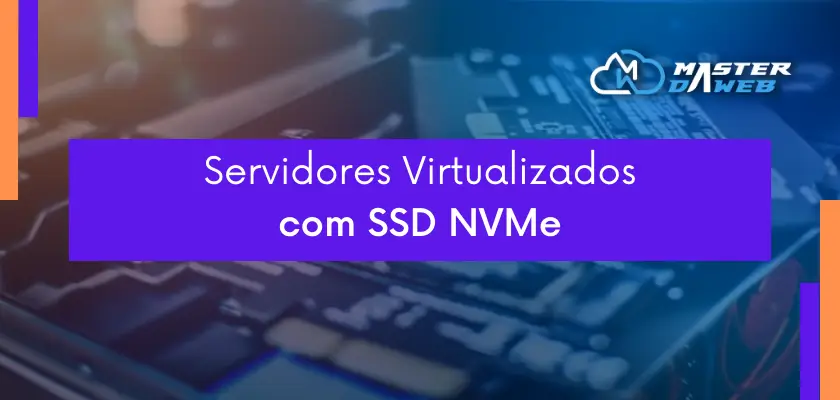Have you ever wondered how the applications you use on your cell phone or computer work? Behind them, there are many servers that execute the code and store the data that makes the applications work. But managing these servers is no easy task. They need to be updated, monitored, scaled and protected from failures and attacks. That’s where Kubernetes comes in.
What is Kubernetes?
Kubernetes is an open source, portable and extensible platform for managing distributed workloads and services in containers, which facilitates both declarative configuration and automation. It has a large and fast-growing ecosystem. Services, support and tools for Kubernetes are widely available.
What are containers?
Containers are a way of packaging and isolating applications with their own environments and dependencies. They are similar to virtual machines, but have flexible isolation properties to share the operating system between applications. Containers are therefore considered lightweight. As they are separate from the underlying infrastructure, they are portable between clouds and operating system distributions.
How does Kubernetes work?
Kubernetes works as a container orchestrator, i.e. it coordinates and manages the containers that make up an application in logical units called pods. Each pod can have one or more containers that share resources such as network and storage. Kubernetes also provides services such as load balancing, service discovery, automatic scalability, continuous updating, fault tolerance, security and much more.
Why use Kubernetes?
Using Kubernetes brings many benefits to developers and system administrators who want to deploy and run applications in containers. Some of these benefits are
- Scalability: Kubernetes can scale pods according to demand, without increasing complexity or operating costs.
- Portability: Kubernetes can run anywhere: in public, private or hybrid clouds, or on physical or virtual servers.
- Flexibility: Kubernetes allows you to deploy applications consistently and easily, no matter how complex your needs.
- Efficiency: Kubernetes makes better use of server resources, reducing waste and energy consumption.
- Innovation: Kubernetes is based on 15 years of Google experience running productive workloads at scale, combined with the best ideas and practices from the community.
I hope this post has helped you better understand what Kubernetes is and why it is so useful. If you want to know more about Kubernetes, you can visit the following links:
Master da Web, your Cloud solution! ☁️












